Adrian Rheinländer | Aesthetics of Failure
December 31, 2020
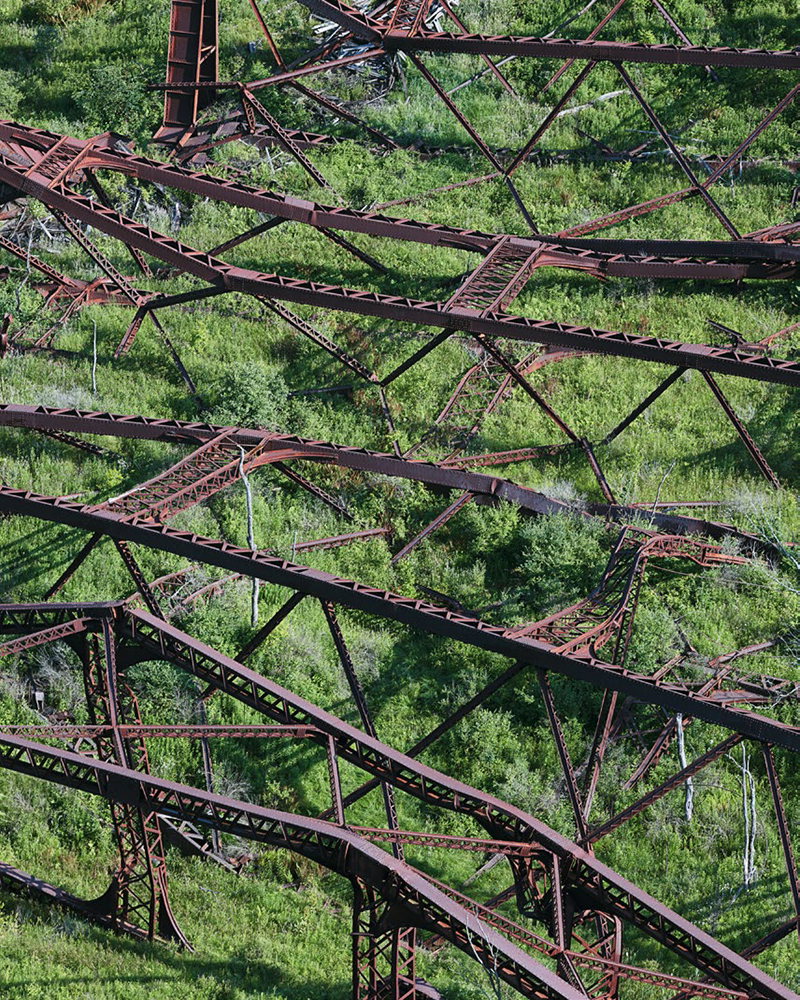
At the close of the dispiriting year, I offer you Adrian Rheinländer’s odyssey of the world’s largest failures. Rheinländer uses photography to examine constructions that have failed on a massive scale. They are too large to remove, too dangerous to destroy, or perhaps intentionally left in place as monuments to failure.
The project confronts the full extent of each fiasco, but it also looks to see if any good may have come in the aftermath. At times, there is a new use for the place, like the surreal Wunderland Kalkar amusement park, built in the former nuclear power plant. More often, the sole good to be found is a lesson. (i.e. the devil is in the details when constructing a bridge.) The pictures ask — during the next round of Olympic mania, might the prospective countries take a good look at the abandoned heaps of money decaying in the unused facilities in Greece before bidding on the games? Rheinlander works to illuminate hard-earned lessons, even if others want them to disappear.
Would we ever risk any large undertaking if we saw only its potential implosion? I can’t help but wonder how the designers are affected by the physical rubble, if they are alive to witness the great failure, or if their project is aborted mid-stream. Do the people who pressed for their golf resort in Spain ever go, quietly, to revisit the site? Do they nurse regret? Or might they simply shed responsibility, shift blame, or somehow move on.
As I grapple with the staggering defeats of 2020, I find strange comfort in these pictures. They affect me like the Roman ruins. Even after this, people will build and rebuild their dreams.
-Lisa Woodward
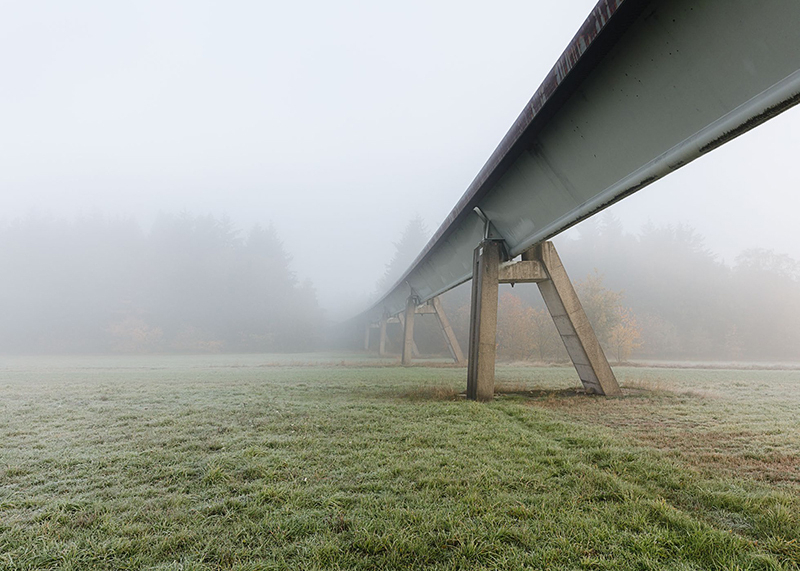
TRANSRAPID, 2018
GERMANY
Transrapid is a magnetic levitation train developed in Germany for high-speed traffic. Although planning for the project began in the early 1970s, the first test track was not completed until 1987. Despite various considerations to use the Transrapid commercially, ultimately, it was never used in Germany. The People‘s Republic of China alone uses the technology today to connect the city of Shanghai with Pudong Airport. In Germany, the last Transrapid was publicly auctioned. It now serves as a conference room for a local sausage manufacturer.
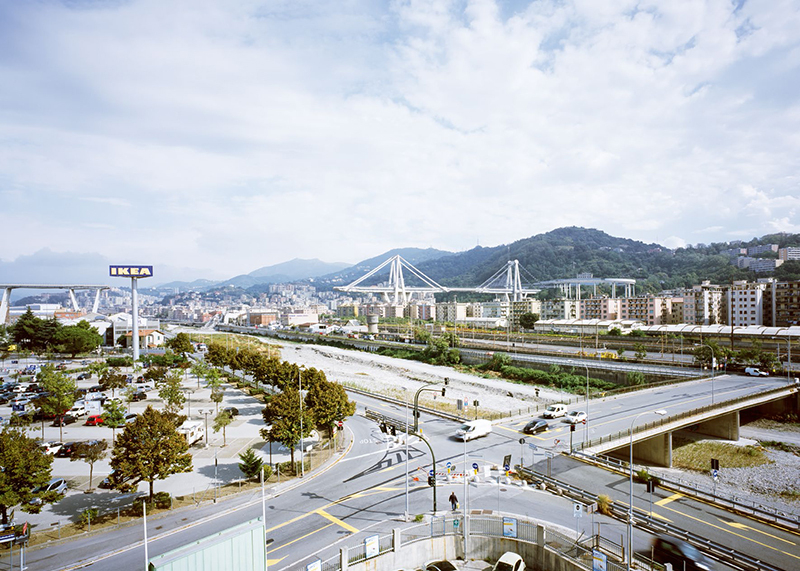
PONTE MORANDI, 2018
ITALY
In August 2018 a substantial section of the Morandi Bridge in Genova, Italy collapsed during a thunderstorm. 43 people were killed in this incident. Preliminary investigations point to poor design, questionable building practice and insufficient maintenance.
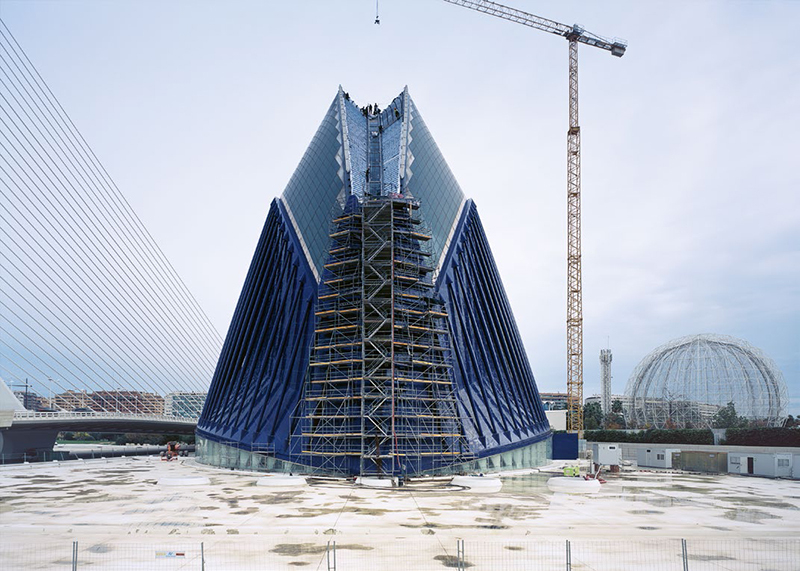
L’ÁGORA, 2018
SPAIN
This building, which was designed by star-architect Santiago Calatrava and intended to serve as a multifunctional space, was inaugurated in 2009. Instead of its initial construction cost of € 41 million, the final costs summed up to €91 million. The building suffers from many constructional flaws and requires significant repairs. Since its opening, it has been seriously under-utilized, being eventless for more than 90% of the time.
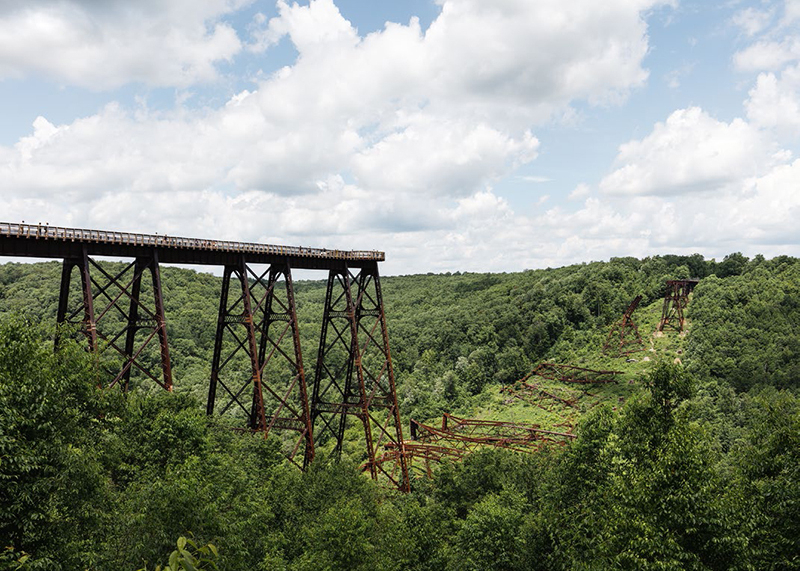
KINZUA BRIDGE II, 2019
USA
The Kinzua Bridge was built in 1882 to develop coal deposits in northern Pennsylvania. Due to the increase in freight traffic and the desire to make the bridge more wind resistant, the bridge was rebuilt in 1900 and the iron structure was replaced with steel. However, the replacement of the iron bolts connecting the bridge to the foundations with steel bolts, was omitted in the process. A mistake that became clear in 2003 when an F1 tornado hit the bridge. The already corroded bolts did not withstand the force and the bridge was destroyed. After its collapse, the remains of the bridge were converted into a lookout and serve as a popular sight today.
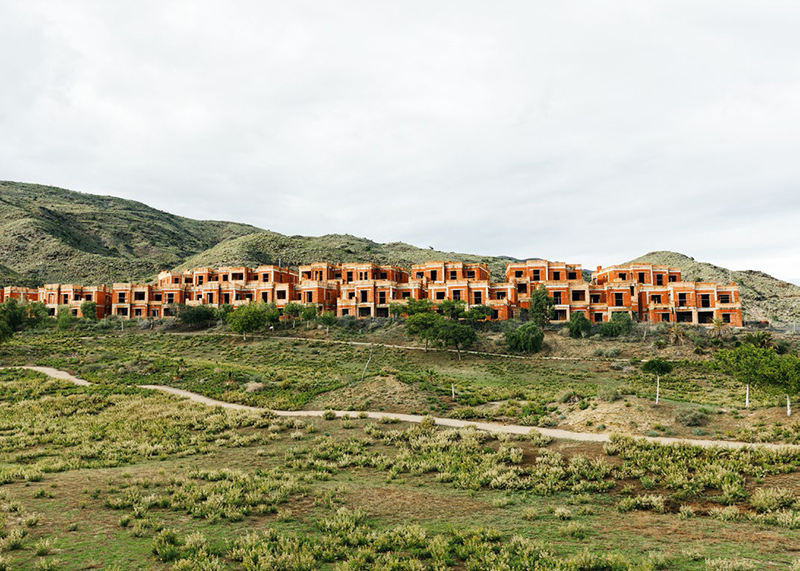
GOLF RESORT, 2018
SPAIN
Environmental organizations fought in vain against the construction of this giant development which included 1,400 homes, two hotels, two golf courses, and a commercial shopping center, because it was built on protected land. However, construction on the halfway built complex was eventually stopped by the burst of the property bubble.
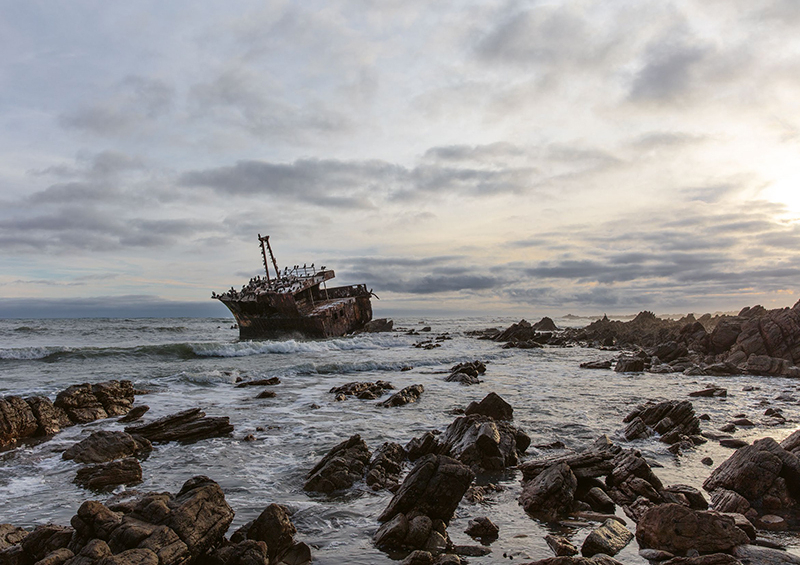
MEISHO MARU, 2019
SOUTH AFRICA
The Meisho Maru No. 38 was a small Japanese fishing vessel that ran aground on November 16, 1982 during a heavy storm off Cape Agulhas. This part of South Africa’s coast is notoriously dangerous, causing many ships to succumb to its wrath. Fortunately, all 17 members of its crew were able to swim to safety, leaving the ship as the only casualty. Today the wreck serves as a resting place for birds and as a tourist attraction.
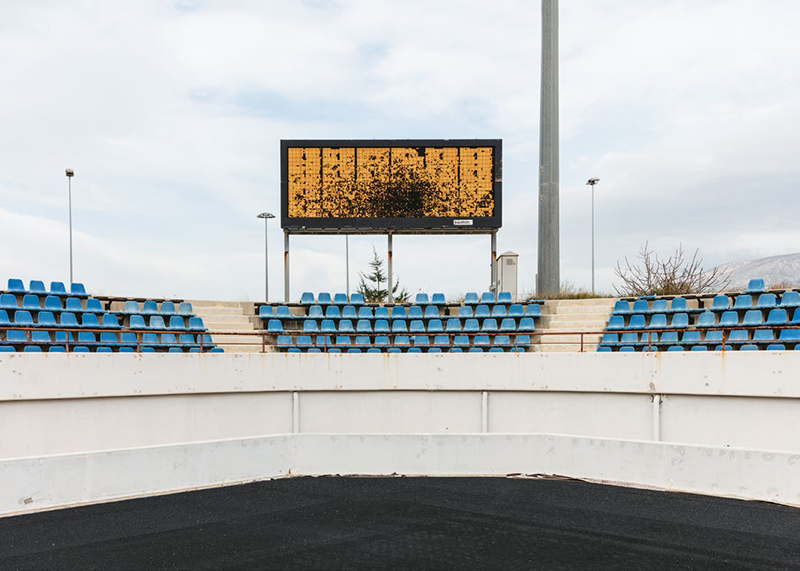
OLYMPIA II, 2019
GREECE
Olympia II shows the Hellinikon Olympic Hockey Centre where the majority of field hockey matches were hosted during the 2004 Summer Olympics. Shortly after the Olympics, it served as a football stadium for the Summer Paralympics. After the games, the hockey center has fallen into disuse and disrepair. No hockey has been played at the center since the end of the 2004 Olympic Games. Until today its costs have not been revealed to the public.
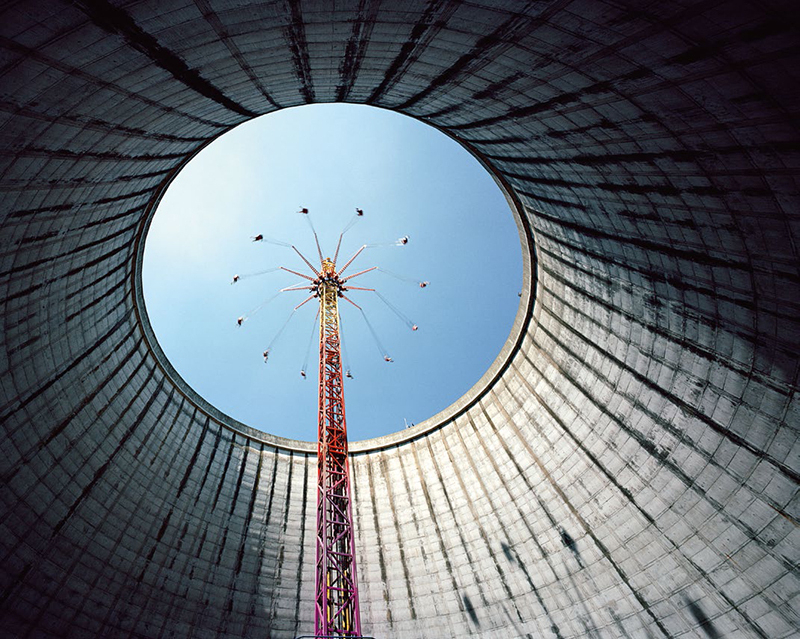
WUNDERLAND KALKAR, 2018
GERMANY
Wunderland Kalkar is the name of an amusement park built into a former nuclear power plant. The Mascot of the park is an atomic nucleus-man who goes by the name Kernie. The Kalkar fast breeder reactor type was initially supposed to meet the increasing demand for energy in the German Federal Republic. However, its construction, which lasted until 1985, was accompanied by public safety concerns and the formation of the ``Anti-Nuclear-Energy-Movement.´´ When in 1986 a reactor block of the Chernobyl power plant melted, causing severe contamination, the public opinion altogether turned, so that the project was finally terminated in 1991. With approximately seven Billion D-Mark in construction costs and an additional 105 million in annual expenditures, this project was one of the biggest wastes of public funds in the history of the German Federal Republic.
Captions provided by the artist.
Adrian Rheinländer is based in Germany.
You can view more of this incredibly well-resolved project, and his other works here.